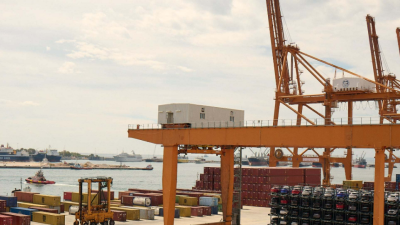
METAVASEA: supporting a people-centred transition for maritime decarbonisation
METAVASEA aims to train and upskill 1,500 seafarers, port workers, and shipping professionals in new fuels, digital and marine environmental awareness.
This page is approximately a 3 minute read
This page was published on
The global passenger ferry industry has averaged more than 1,000 fatalities per year since the 1960s, with the great majority occurring on domestic voyages in Asia and Africa.
From 1966 to 2015 there were 750 recorded fatal accidents involving passenger vessels, resulting in 59,600 fatalities. Ninety-three per cent of ferry accidents occurred during domestic voyages, with 90% of fatalities occurring in just 20 countries and 76% in 10.
Lloyd's Register Foundation identified passenger ferry safety as a challenge in its insight report on global safety challenges, in 2017. Since then, the Foundation has investigated further to better understand the issue. It has drawn on expert knowledge and opinion to determine what activity is already underway to improve safety, what is further needed, and to explore if there is a unique role for the Foundation in line with its charitable mission.
The investigation has focused on establishing or confirming:
If you wish to use and reference the Insight Report on Safety in the Passenger Ferry Industry, please include the following DOI: https://doi.org/10.60743/vjaj-h778
Example Citation in Harvard Style:
Lloyd's Register Foundation (2018) Insight Report on Safety in the Passenger Ferry Industry. Lloyd's Register Foundation. doi: 10.60743/VJAJ-H778.
The Lloyd's Register Foundation identified passenger ferry safety as a challenge in its Insight report on global safety challenges, in 2017. Since then The Foundation has investigated further to better understand the issue. (PDF, 1.60MB)
